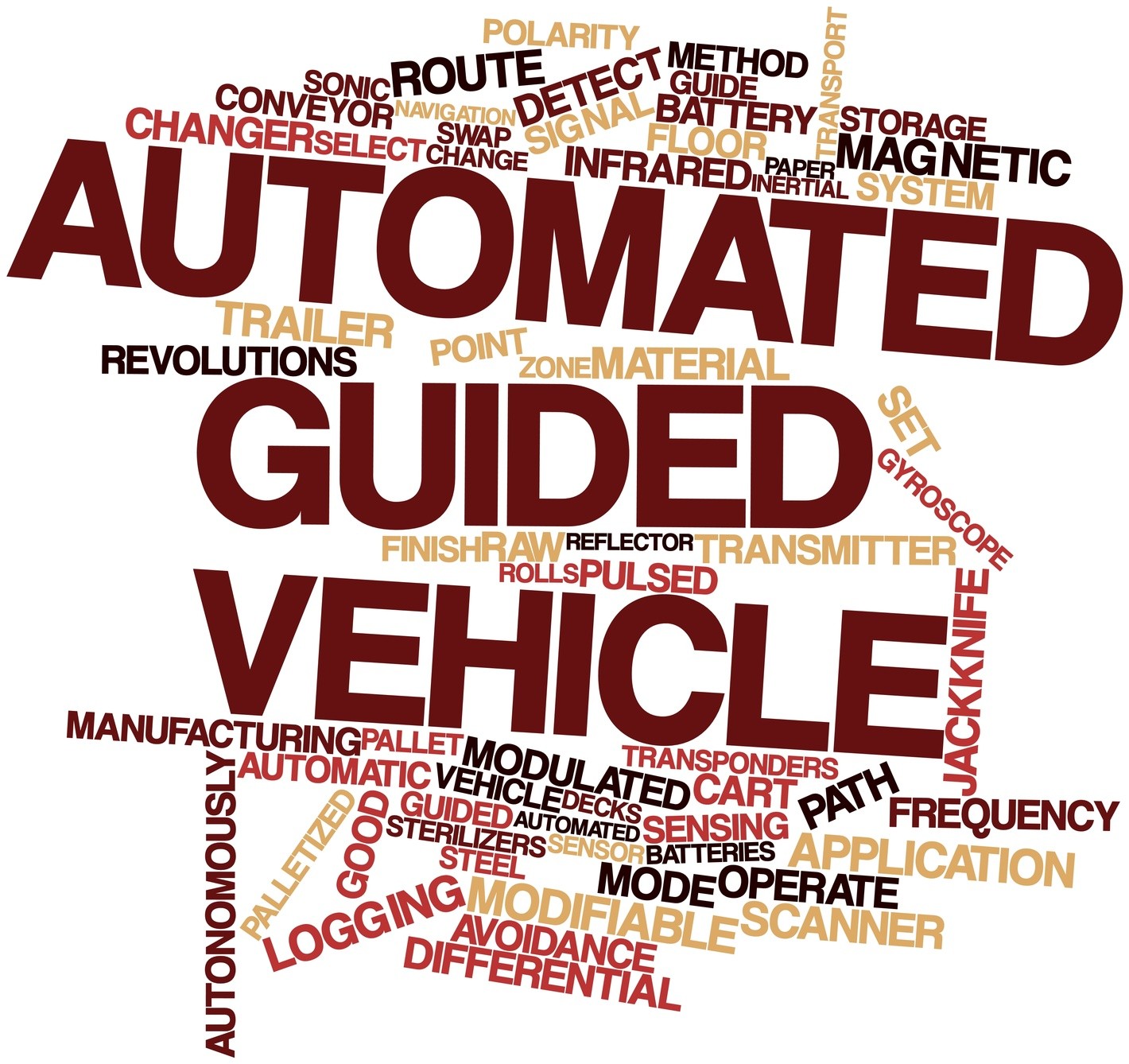
A growing number of US companies are turning to warehouse automation to reduce human error and costly accidents while at the same time improving efficiency and productivity. From smart robots and automated processes to AI software and intelligent forklifts, the automation trend is expected to continue in the coming years as businesses deal with a shrinking workforce amidst the growing consumer demand.
How Does Warehouse Automation Work?
Warehouse automation comes into two basic categories, namely, physical and digital, which both share the same objectives–to reduce manual workflows and streamline the back-office processes. For example, a business may choose to automate the picking and barcode labeling of their inventory using smart robots and automated guided vehicles (AGVs).
Physical Automation
Its goal is to minimize employee movement or even eliminate hard labor (e.g., lifting heavy objects), creating a safer and more efficient workflow. AGVs and intelligent robots are just some examples of physical warehouse automation.
For many industries, physical automation is a worthwhile investment despite its significant upfront expenses. Not only does it improve safety, reliability and scalability, but it also addresses the scarcity of a skilled workforce, a problem that many businesses are facing nowadays.
In general, physical automation is more suitable for large-volume warehouses and busy distribution centers with enough space to accommodate a fleet of specialized equipment.
Digital Automation
As its name suggests, this type of automation uses data, software and other digital tools to reduce manual workflows. Common examples of this include mobile barcoding, which is also called automatic identification and data capture technology.
Digital automation comes with notable advantages such as reduced human errors and accidents, improved data management efficiency, enhanced security, and reduced operational and legal risks.
Just like physical automation, going digital also requires a large upfront cost that includes software, employee training, equipment and support contracts. For this reason, it’s best suited for large-volume warehouse operations.
Common Examples of Warehouse Automation
To help you better understand how warehouse automation works, here we explain some of its most common types employed by US businesses.
⧫ AGVs. They are “intelligent” vehicles that combine sensors and software to lift and move materials around a facility without the need for an onboard human driver. With this automation system, businesses enjoy increased productivity and reduced accidents and labor costs.
⧫ Goods-to-person technology. Warehouses with this automated system enter and retrieve orders from a central database and then a piece of special equipment locates the items and moves them to the picking area. As a result, businesses can reduce their order fulfillment and operating costs while improving their service levels and efficiency.
⧫ Pick-to-light systems. They allow employees to scan barcodes and be guided by LED displays. Then, they can place the picked items and their designated container and confirm task completion by pressing a button adjacent to the display, which also tells them how many items should be picked up and directs them to the next picking station.
⧫ Automated storage and retrieval system. The system works by bringing items out of their storage and then back into their initial location. It often comes with a warehouse software system that processes and assists employees in processing orders.
⧫ Autonomous mobile robots or AMRs. More commonly found in e-commerce fulfillment situations, they are used to address large-volume, high-labor requirements. They help manual pickers by meeting up with them until their boxes/totes are full before transporting them to the pack station. Occasionally, the robots use trays and vacuums to pick up items to transfer them from shelves onto a mobile robotic cart.
Warehouse Automation
While not every automation system is suitable for companies in the warehouse and logistics industry, AGVs are often ideal for many businesses because of their wide range of applications; this is especially true for firms that need to transport heavy and bulky items.
Nowadays, the most common types of this “driverless” vehicle are fork truck AGVs, light load AGVs, hybrid AGVs, Assembly line AGVs, and pallet truck AGVs.
SPECIALIZING IN HARD TO FIND PARTS
Related Articles: The Standards of AGV Safety Systems | What Are the Benefits of Automated Guided Vehicle
Despite the growing popularity of AGVs in the US warehouse industry, it’s a bit of a challenge to find a reliable replacement parts supplier that offers quick shipping and competitively priced products. So if you need AGV and forklift replacement parts (or any type of industrial parts), contact Wholesale Industrial Parts at (844) 588-8455, (916) 570-1524, or info@wiparts.net.
Wholesale Industrial Parts has over 75 years of combined experience, with sales staff and customer service support specialists who can help you locate even hard-to-find replacement parts.
